Tag: intubation
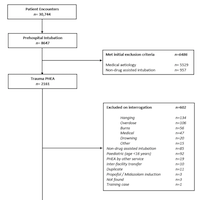
Critical Hypertension in Trauma Patients Following Prehospital Emergency Anesthesia
Delivery of prehospital emergency anesthesia (PHEA) to seriously injured trauma patients risks hemodynamic fluctuation. In adult trauma patients undergoing PHEA, 11.9% of patients experienced post-PHEA critical hypertension.... read more
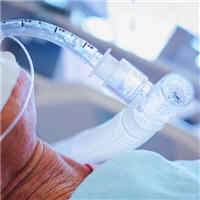
Effect of Mechanical Ventilation Under Intubation on Respiratory Tract Change of Bacterial Count
Mechanical ventilation under intubation may cause dysregulation of lower respiratory microbiota in rats. The most common 'second strike' in mechanically ventilated patients is a pulmonary infection caused by the ease with... read more
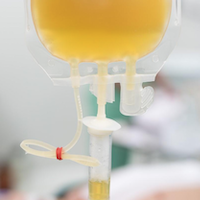
Convalescent Plasma Cuts Death by 10% in COVID Patients on Mechanical Ventilation
A randomized clinical trial in Belgium finds that convalescent plasma reduces death rates by about 10% in COVID-19 patients requiring invasive mechanical ventilation. University of Liege researchers led the open-label... read more
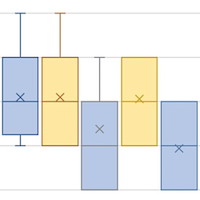
HFNC vs. CPAP in COVID-19 Patients with ARDS in ICU
Acute hypoxic respiratory failure in coronavirus disease 2019 (COVID-19) pneumonia has been treated with oxygen delivered by oxygen masks and non-invasive ventilation (NIV) with continuous positive airway pressure (CPAP),... read more

Tracheal Intubation of Critically Ill Adults: Video vs. Direct Laryngoscopy
Successful intubation on the first attempt occurred in 600 out of 705 patients (85.1%) in the video-laryngoscope group and 504 out of 712 (70.8%) in the direct-laryngoscope group (ARR, 14.3%; 95% CI, 9.9 to 18.7; p... read more
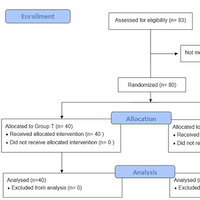
Transnasal Humidified Rapid-Insufflation Ventilatory Exchange vs. Conventional Facemask Breathing for Preoxygenation During Rapid Sequence Induction
Transnasal humidified rapid-insufflation ventilatory exchange (THRIVE), if used for pre-oxygenation and apnoeic oxygenation, has the propensity to extend the safe apnoea time and thereby decrease the incidence of desaturation... read more
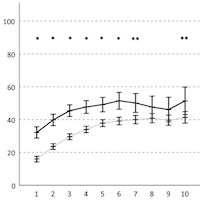
Nasotracheal vs. Orotracheal Intubation for Sedation in Critically Ill Patients
Nasotracheal intubation (NTI) may be used for long term ventilation in critically ill patients. Although tracheostomy is often favored, NTI may exhibit potential benefits. Compared to orotracheal intubation (OTI), patients... read more

Noninvasive Ventilation in Sleep Medicine and Pulmonary Critical Care
This book is an introduction to a comprehensive analysis of recent advances and clinical research in noninvasive mechanical ventilation (NIV) in Pulmonary, Critical Care, and Sleep Medicine. The objective of the book is to... read more

Minimally Invasive Intrathoracic Negative-pressure Therapy and FlexVATS for Patients with Pleural Empyema
To determine whether a new surgical method using a flexible endoscope (FlexVATS) to perform sparing debridement and apply negative-pressure therapy without extensive decortication may be an alternative treatment option for... read more

Bronchoscopy in ICU: A Practical Guide
This practical guide focuses on Bronchoscopy in ICU. Bronchoscopy is one of the most commonly performed medical procedures, but is limited to the practice of a handful chest physicians and surgeons. The field of bronchoscopy... read more

Mechanical Ventilation in Emergency Medicine
This book discusses mechanical ventilation in emergency settings, covering the management of patients from the time of intubation until transfer to the ICU. It provides an introduction to key concepts of physiology pertinent... read more
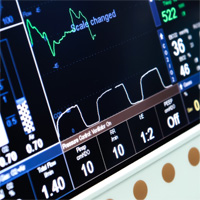
Ciprofol Sedation Efficacy and Safety in Mechanical Ventilated ICU Patients
Ciprofol was well tolerated, with a noninferior sedation profile to propofol in Chinese ICU patients undergoing MV for a period of 6–24 hours. Of the 135 patients enrolled, 129 completed the study. The primary endpoint-sedation... read more

Prone vs. Supine Position Ventilation in Intubated COVID-19 Patients
Whether prone positioning of patients undergoing mechanical ventilation for COVID-19 pneumonia has benefits over supine positioning is not clear. We conducted a systematic review with meta-analysis to determine whether prone... read more
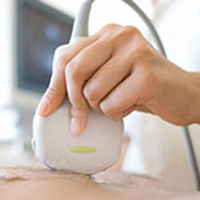
Resuscitative TEE
The use of ED resuscitative transesophageal echocardiography (TEE) is a practical modality that provides useful diagnostic and therapeutic information for critically ill patients in the emergency department, with an excellent... read more




